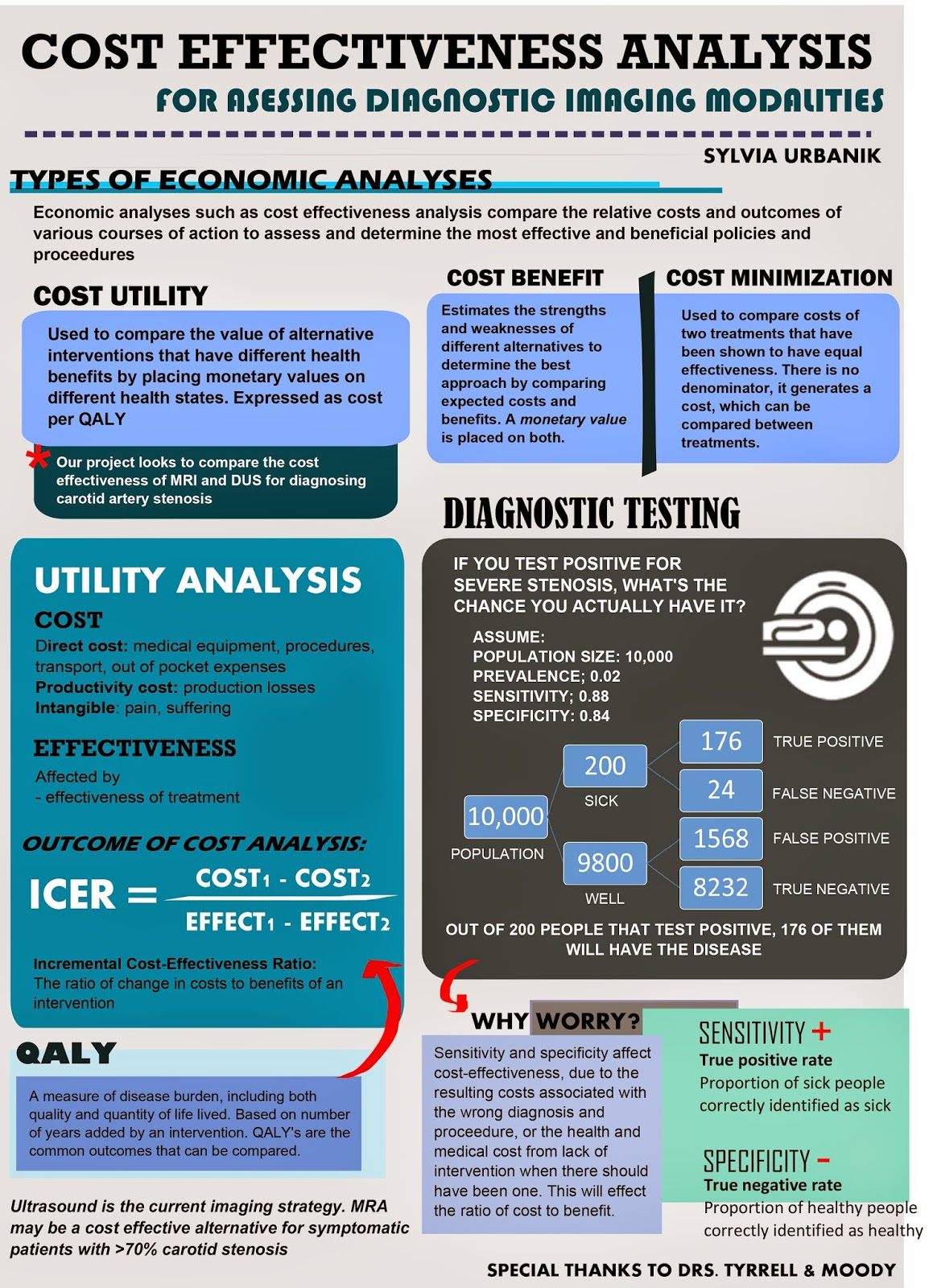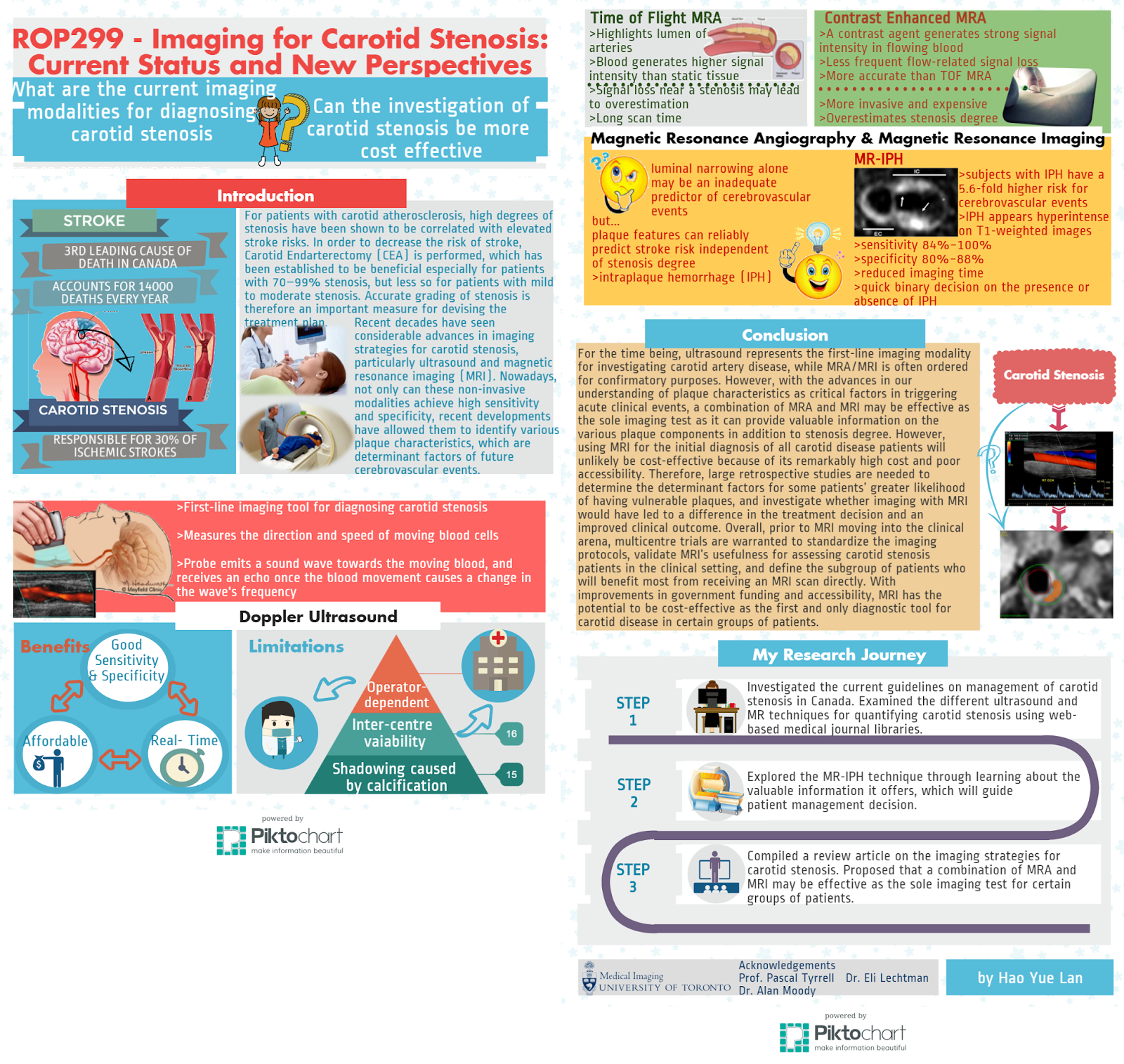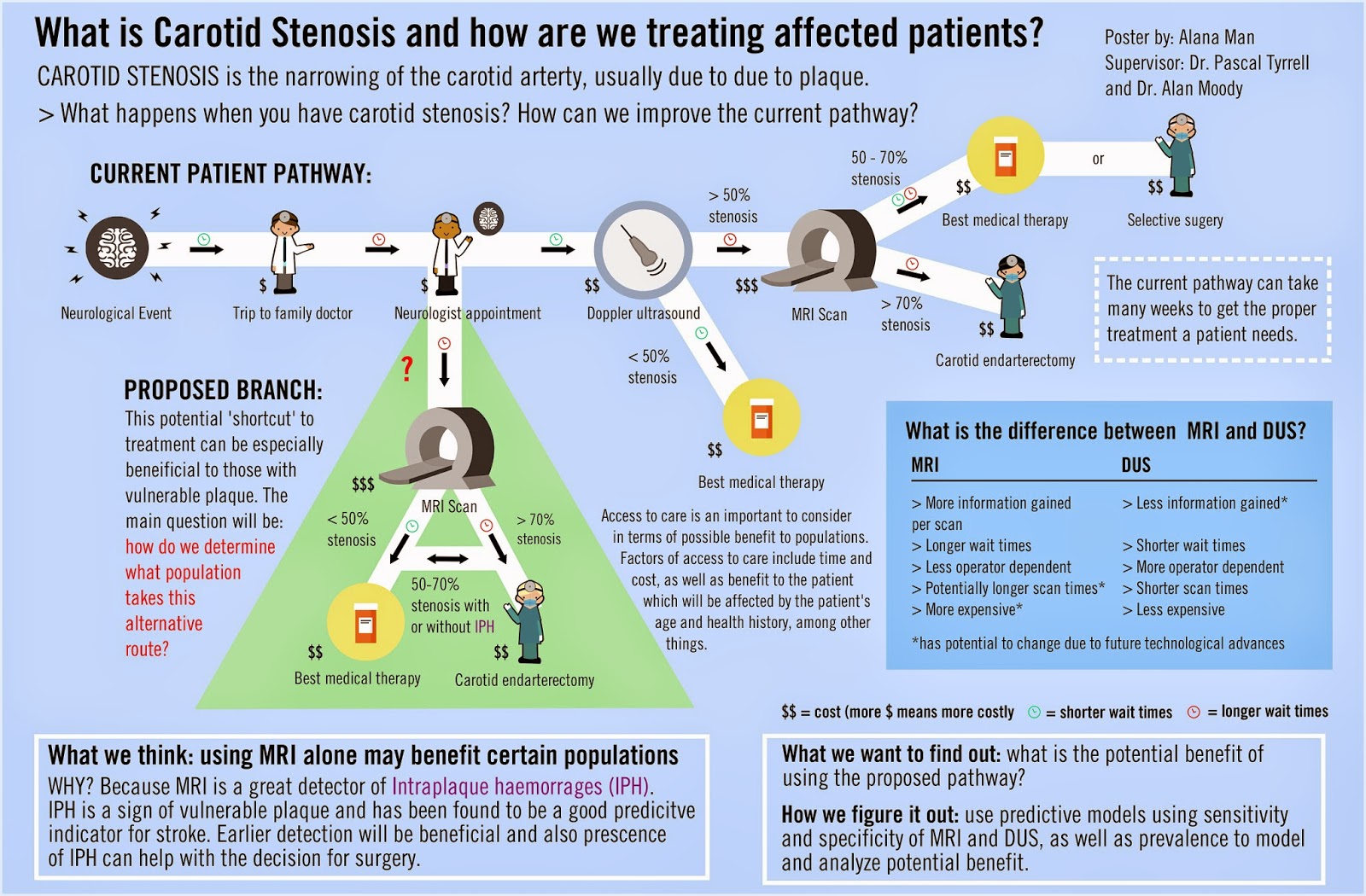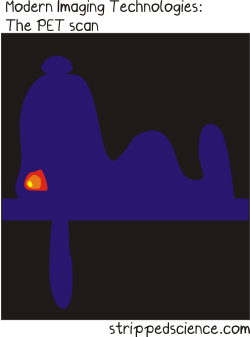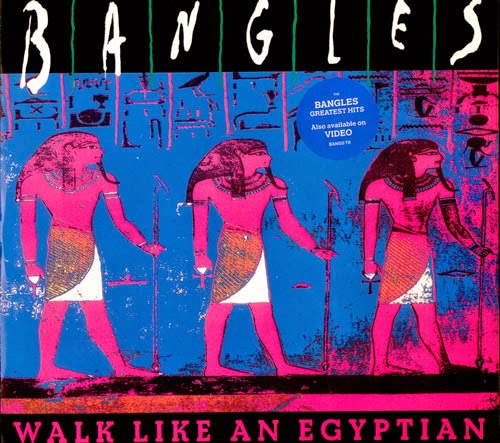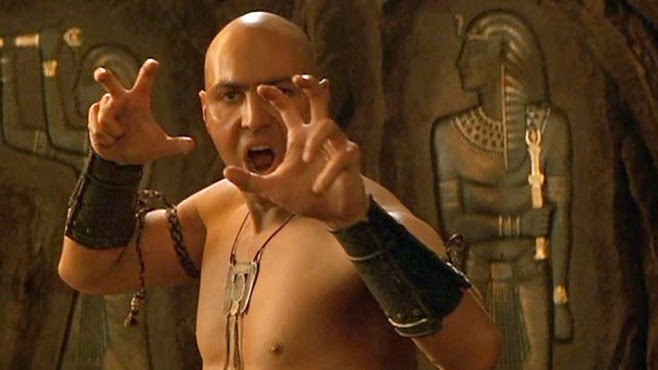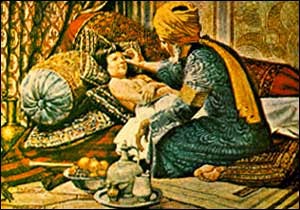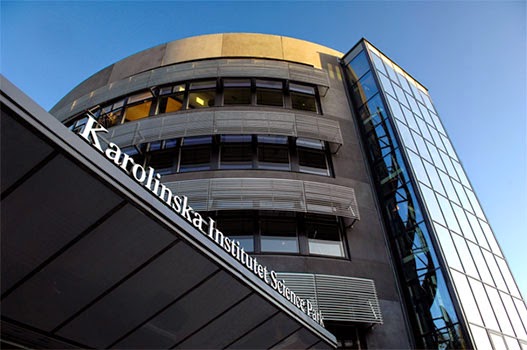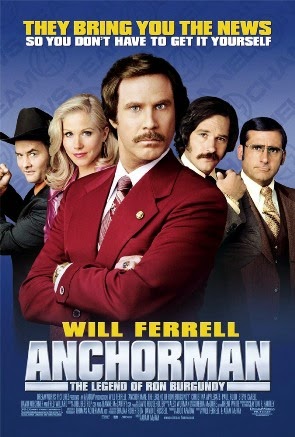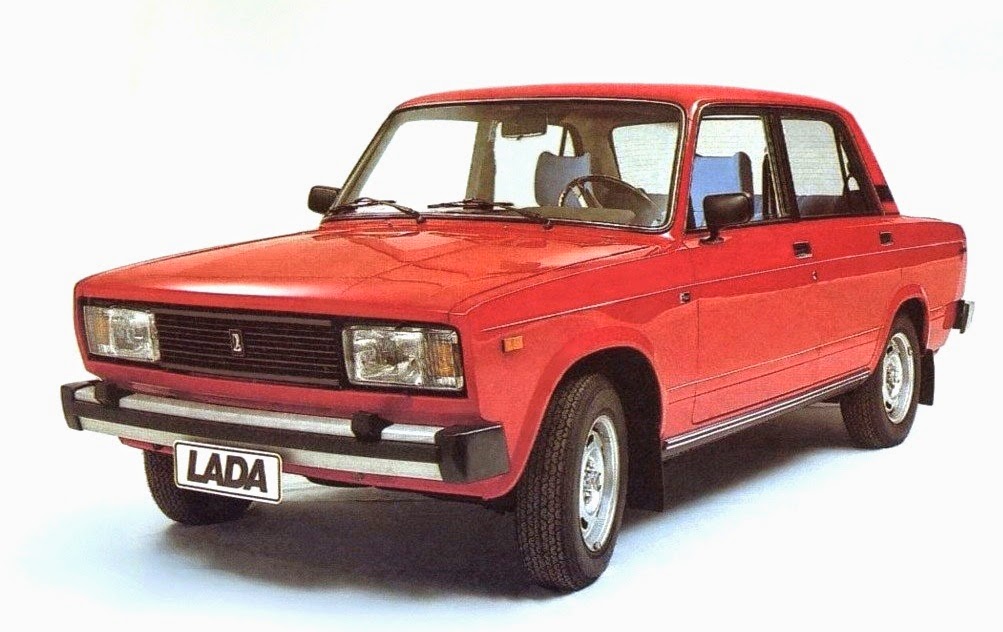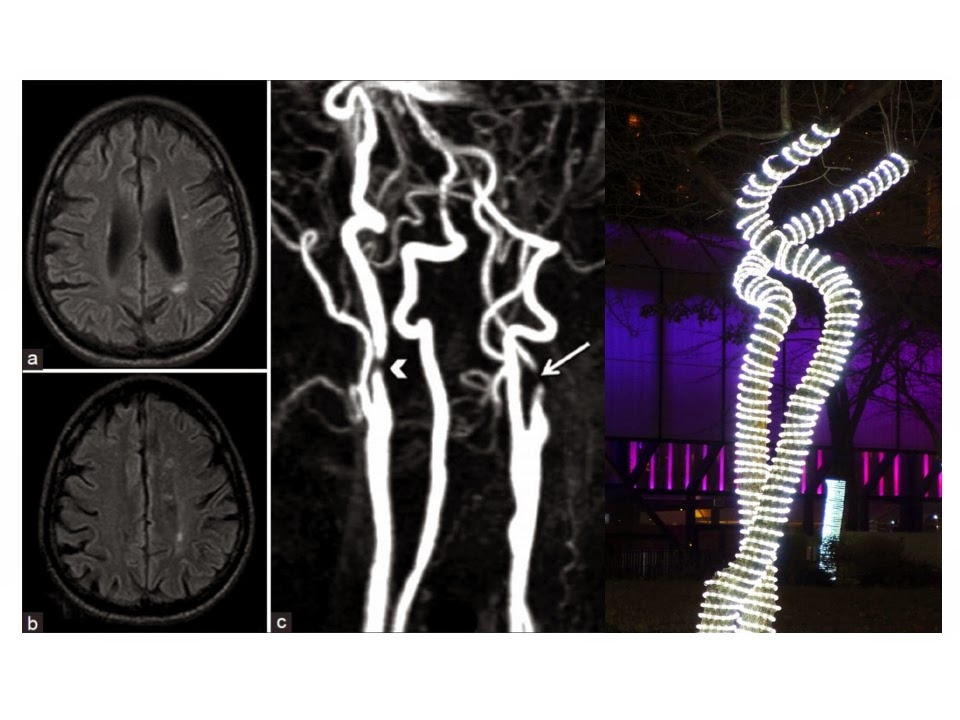 |
| The Moody Tree |
Ok, so I may have taken a longer break than I should have. Where was I you ask? I was enjoying some R&R with my family. My kids are at great ages – 15, 11, and 6. Then, of course, when I got back to my desk – whammo! The deluge of work. This morning, as I sat on the GoTrain on the way into Toronto, I thought of you and happily sat down to write my first post of 2015.
First, a thank you for your readership. We are soon approaching our first anniversary (next month) and my programs (MiVIP and MiB) and this blog are chugging along famously… all because of you!
 |
| Chicago Bean |
Next, a funny story to explain the picture above. When I attended the RSNA last December (see my post here on this event) I brought along my old film camera for fun as I enjoy photography and decided to reminisce a little. To your right is a picture of the Chicago skyline reflected on the “Bean“. See me?
I hadn’t developed film in so long that I almost ruined it – in my laundry room between all of my family’s clothes, the ironing board, buckets, detergents… Anyway, I also had with me my trusted digital for snaps and one evening I was invited to a function at my boss’ hotel and he said to me:”Let me know what you think of the Christmas lights on the trees in front the hotel on your way in”. Alan Moody is an uber-radiologist, the chair of our department, and loves imaging the carotid arteries. As our minds often operate on the same wave lengths, I took the picture and voila – the Moody Tree was born!
There is no end to the fun we have here in the Department of Medical Imaging…
Even though this is not a “MiWORD” post how about you wish a belated Happy New Year to someone you have not been in touch with yet? Send them a quick text or better yet, send them the link to this post and tell them to visit the Moody Tree next time they are in Chicago during the holidays…
See you in the blogosphere,
Pascal
